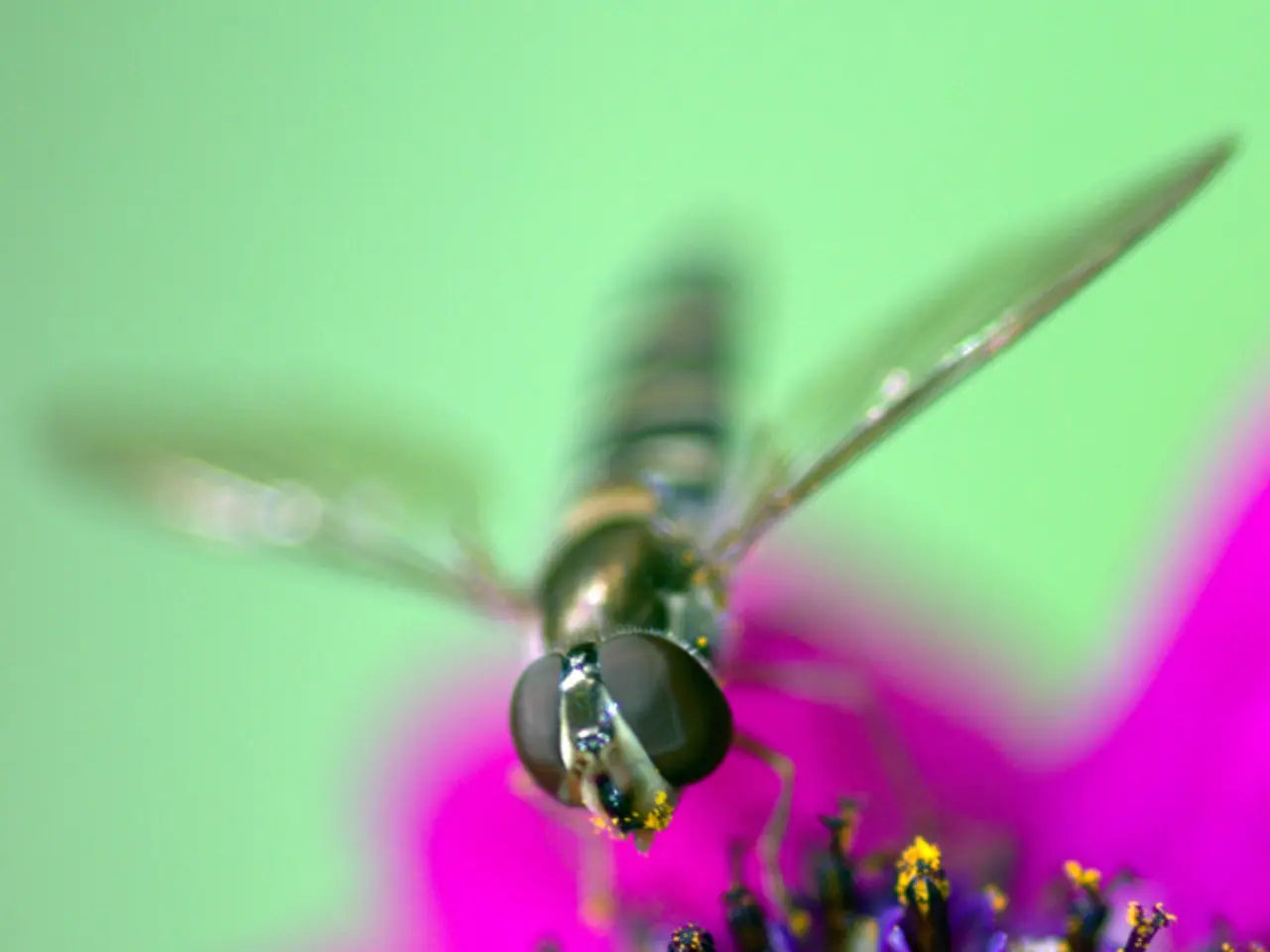Investigating the reasons why antihistamines may no longer be effective in treating hives, with fresh findings and insights.
In dealing with the sometimes bothersome and mysterious condition of hives, understanding the complexities of this skin reaction can lead to effective management. Here's a guide to help you navigate the intricacies of hives and their treatment.
Having a journal of hive occurrences can be invaluable when visiting a doctor, as it can assist in identifying potential triggers and determining the most suitable treatment plan. Hives, also known as urticaria, can be caused by various factors, such as allergic reactions, stress, pressure on the skin, temperature fluctuations, sensitivity to sunlight, and unknown causes.
Antihistamines are a common treatment for hives. These medications work by blocking histamine, a substance released by the immune system in response to potential threats, thereby preventing symptoms like inflammation, itchy skin, and flushing. However, the effectiveness of antihistamines varies among individuals, with some not responding due to factors such as insufficient dosing, the presence of other inflammatory pathways, or individual immune variability.
A 2009 study reported between 44-90% effectiveness of antihistamines for chronic hives. For those who do not respond to standard doses, doctors may increase the antihistamine dose up to four times the usual amount or add other medications like H2 blockers, leukotriene antagonists, or short courses of oral steroids for severe episodes.
For patients whose hives are resistant to antihistamines, the condition may be linked to immune mechanisms involving IgE antibodies or other pathways that antihistamines cannot block. In such cases, biologic therapies like omalizumab, which binds IgE and prevents mast cell activation, can be effective.
It's essential to remember that the key to managing hives often lies in personalized treatment adjustments. If current treatments are not working, it's important to discuss this with a doctor who can recommend other options or adjust the treatment plan.
Self-care tips for managing hives at home include applying a cold compress, taking a colloidal oatmeal bath, wearing 100% cotton, loose-fitting clothes, using gentle cleaners without fragrances, keeping track of hive occurrences, avoiding scratching skin, and taking lukewarm baths and showers.
In summary, the complex immune mechanisms behind hives necessitate a tailored approach to treatment. Failure to respond to antihistamines is usually due to the intricate workings of the immune system and the need for personalized treatment adjustments, including higher doses, combination therapy, or biologics when standard antihistamines are insufficient. If hives persist, it's recommended to consult a doctor for a treatment plan and to help identify potential causes.
- A journal of hive occurrences can aid doctors in identifying potential triggers and devising suitable treatment plans, especially for chronic hives.
- Hives, or urticaria, can be caused by factors such as allergies, stress, temperature changes, sunlight sensitivity, and unknown causes.
- Antihistamines are used to treat hives by blocking histamine, substances released by the immune system, preventing symptoms like inflammation and itching.
- The effectiveness of antihistamines varies among individuals, with some not responding due to factors like insufficient dosing, other inflammatory pathways, or immune variability.
- For chronic hives resistant to standard antihistamines, doctors may consider increasing doses, using combination therapy, or biologic therapies like omalizumab.
- Self-care tips for managing hives at home include applying cold compresses, taking colloidal oatmeal baths, wearing loose-fitting cotton clothes, using fragrance-free cleaners, and avoiding scratching skin.
- The science of medical conditions like hives reveals the intricate workings of the immune system, necessitating tailored treatment approaches.
- For those dealing with chronic hives, understanding the complexities of this skin reaction can lead to effective management, including therapies and treatments, nutrition, and even mental health recommendations.
- In addition to skin care, maintaining overall health and wellness, including fitness and exercise, can contribute to managing chronic hives and improving eye health.
- Medicare coverage may apply for treatments related to hives, as well as other chronic diseases such as chronic-kidney-disease and respiratory conditions.




